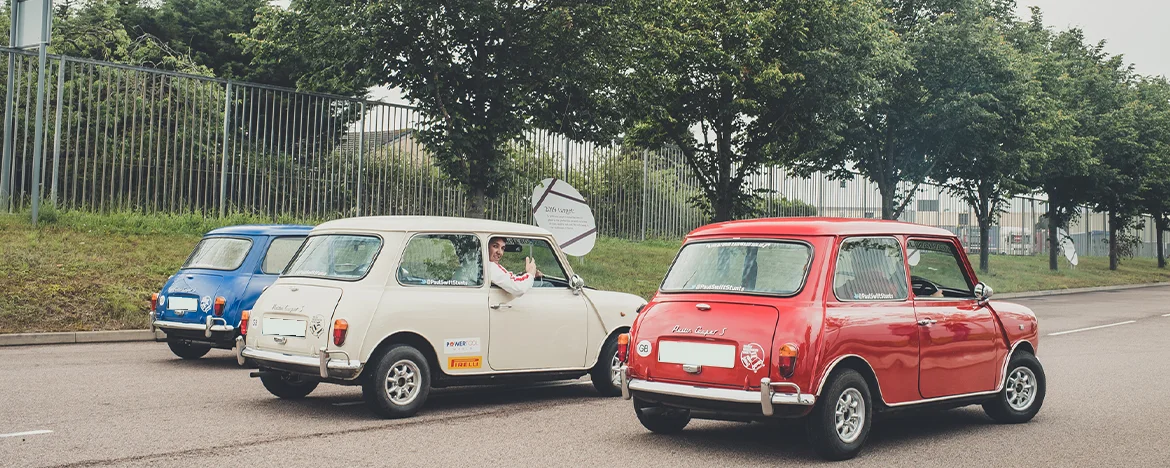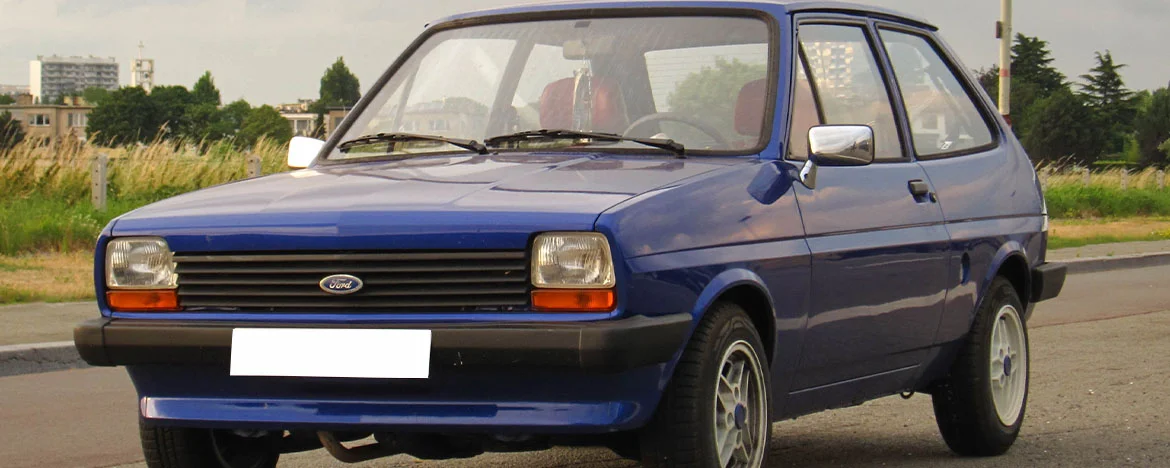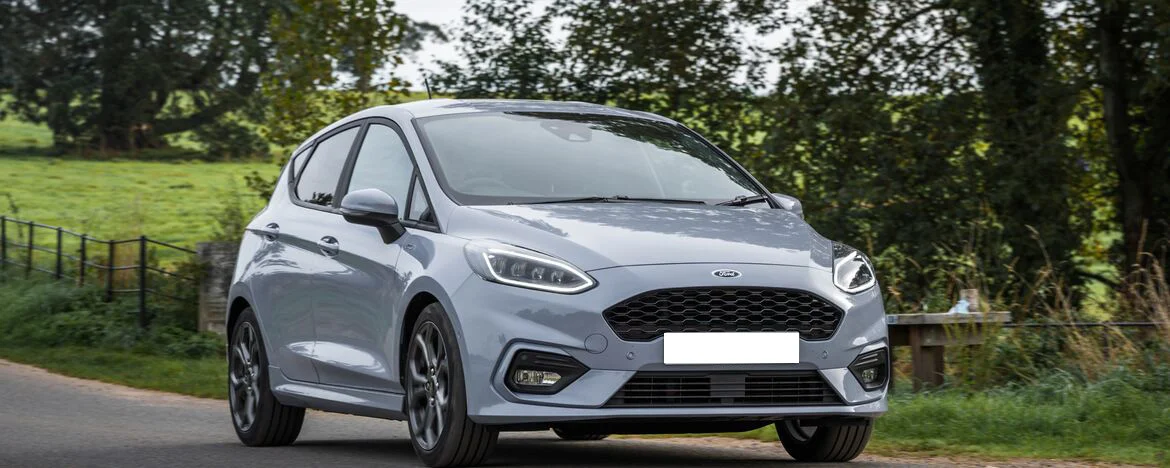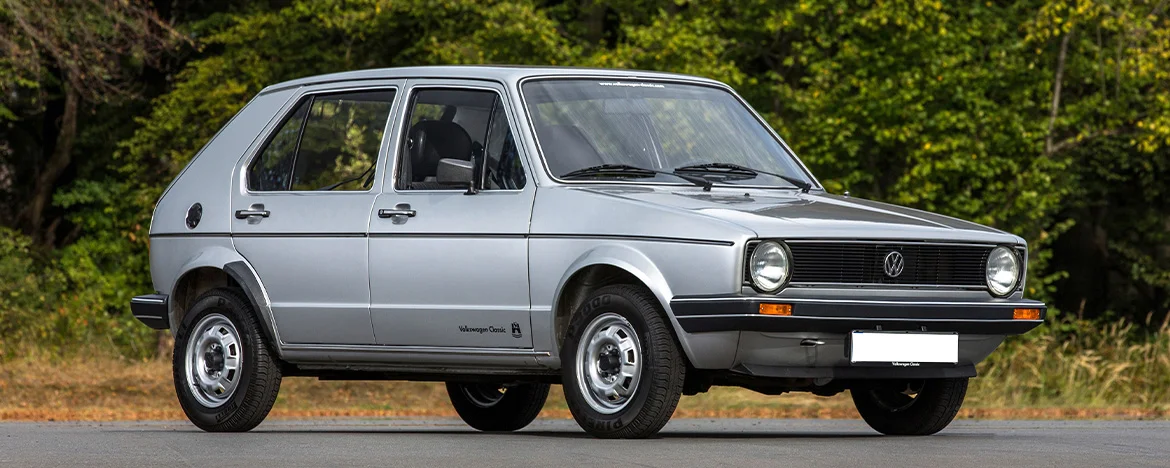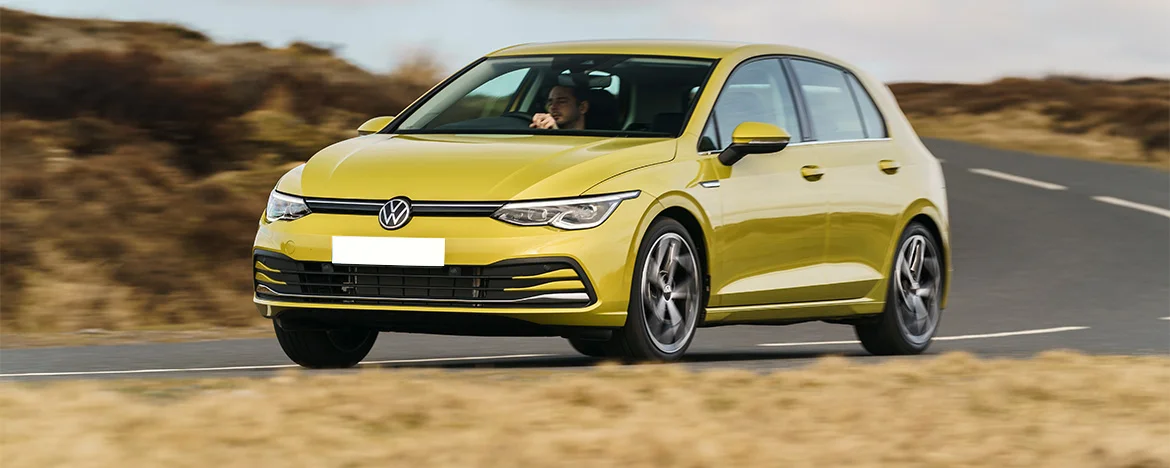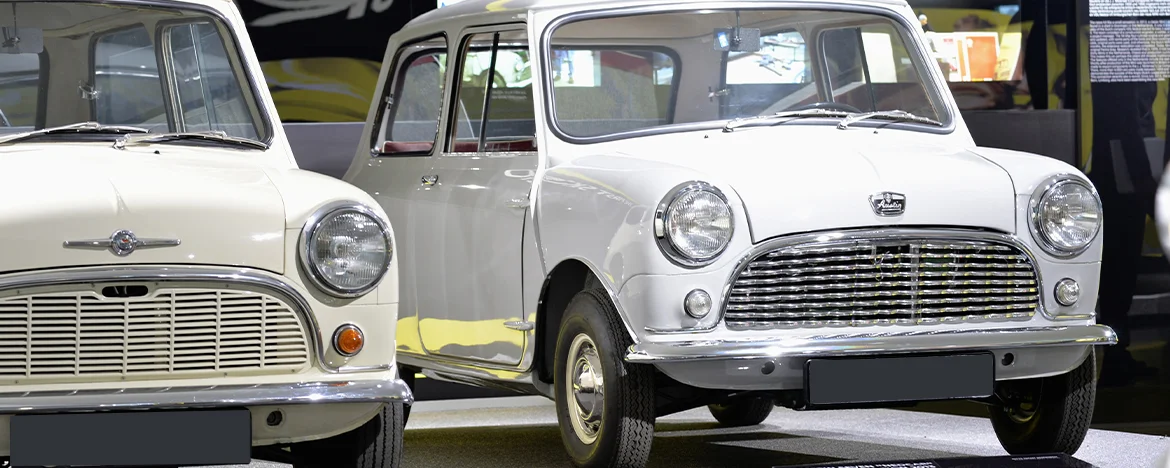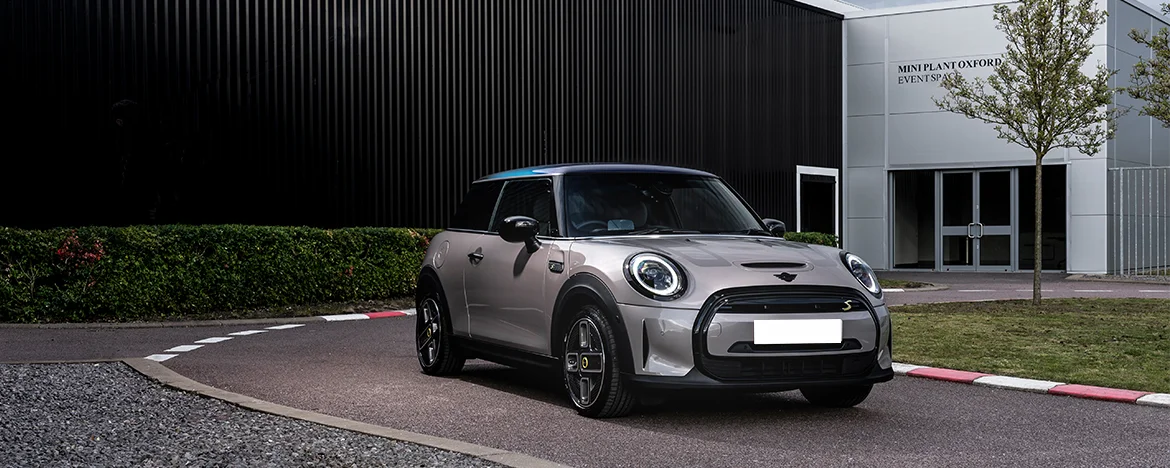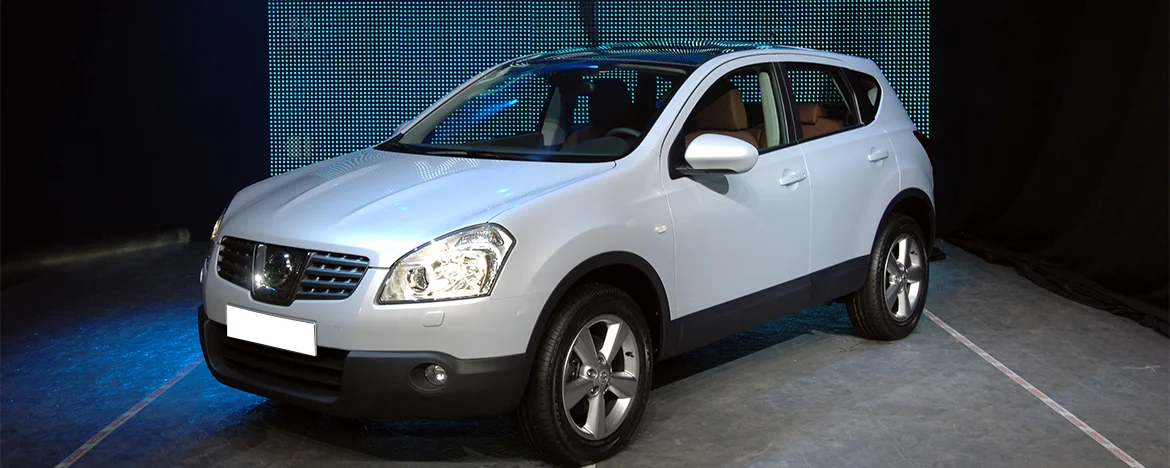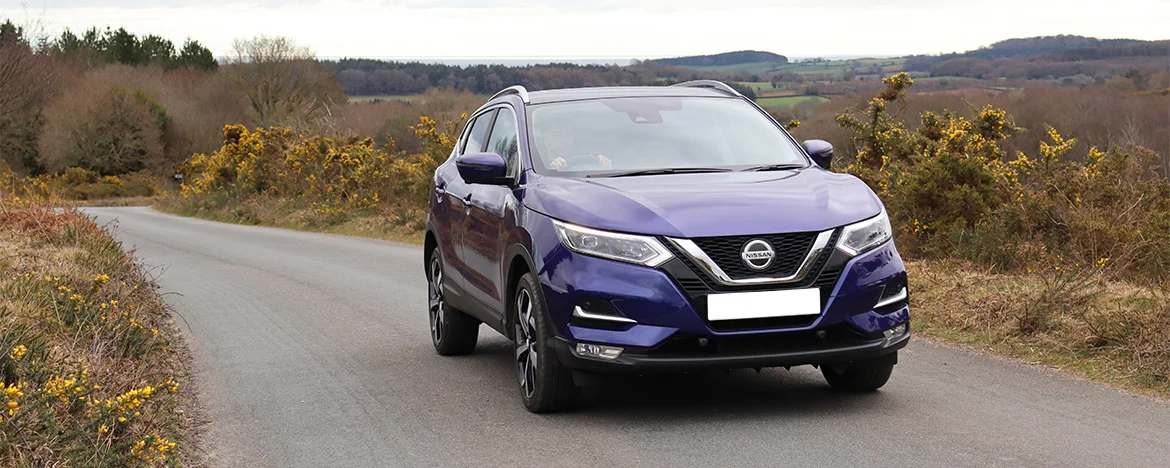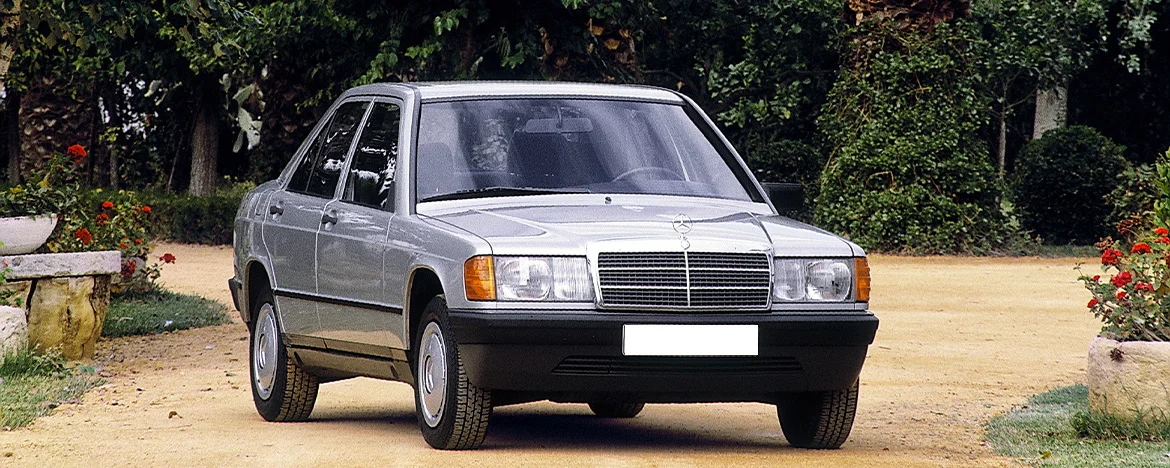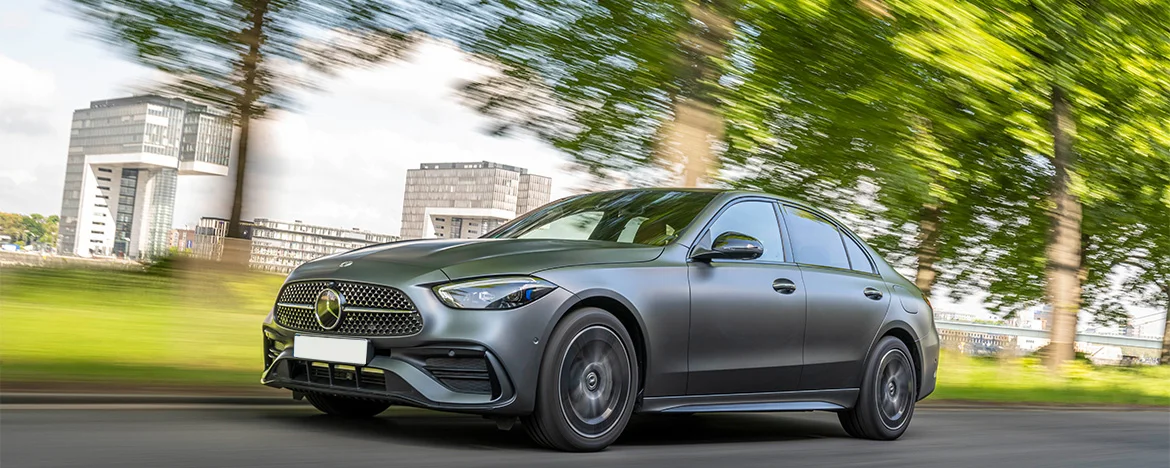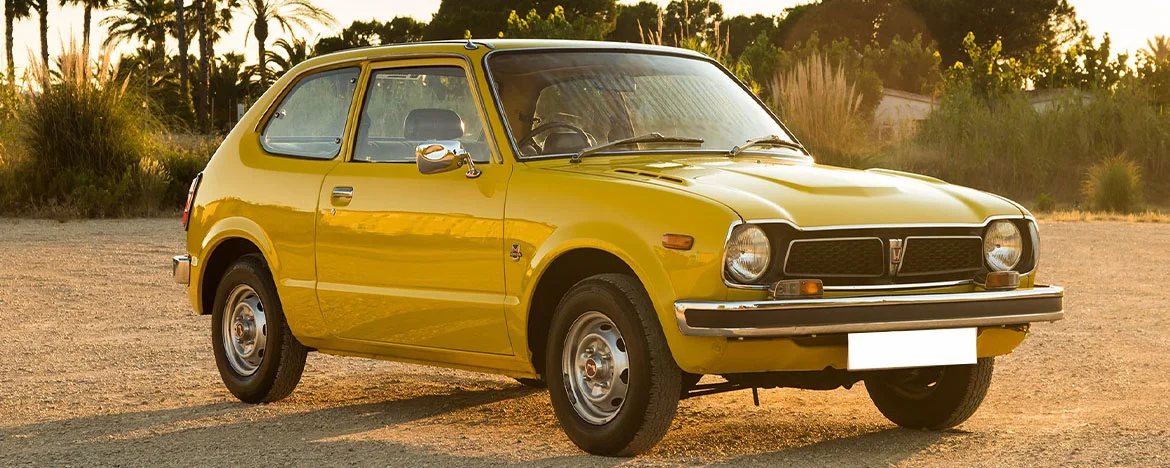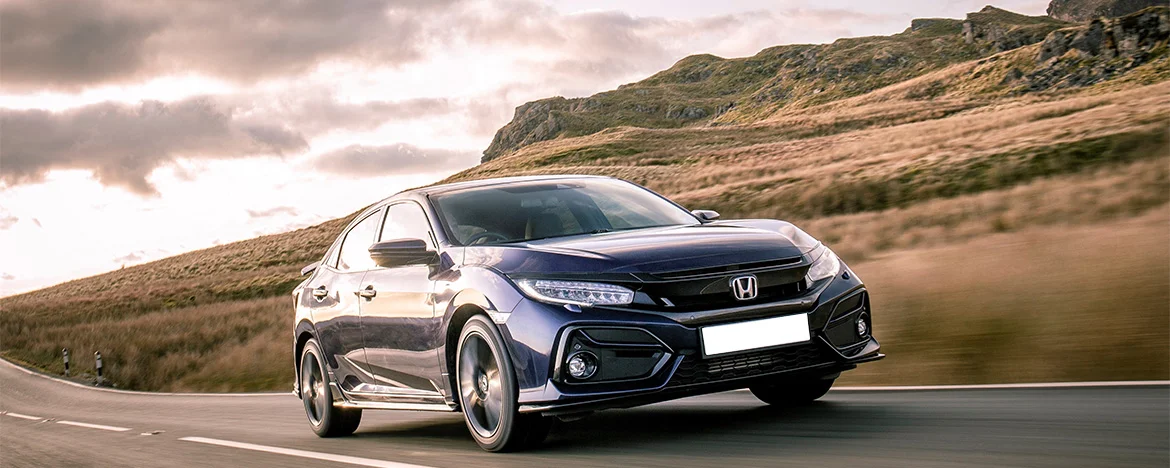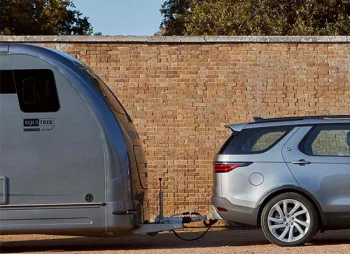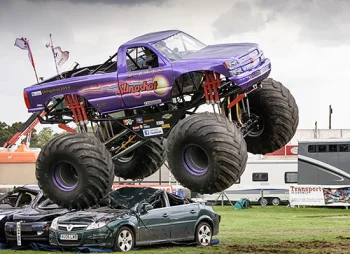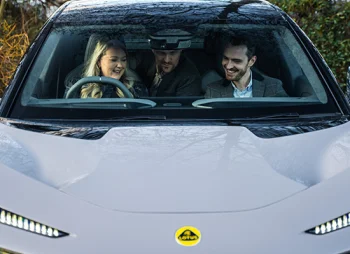Which cars have stood the test of time and remain just as popular today as they were at launch?
These modern classics have pushed boundaries and defied critics to become some of the most beloved motors on our roads today.
It's easy to get caught up in the newness of the automotive world, especially with the advance of electrification and the cool vehicles that are being released by the likes of Tesla, Volkswagen, and Kia.
But by continually pushing boundaries, and trying new technologies, manufacturers from Ford to Honda to Nissan have kept up with the times and made sure old models stay fresh and new, with generations of drivers discovering the lasting power of a vehicle proven to be safe, reliable, and fun.
We've rounded up six of our favourite modern classic vehicles, so if you're looking for a new car that's proven time and time again to be a fantastic choice, look no further than this list.

